Boost Your Game With the Best Golf Drivers of 2023
If there’s one club that catches attention, it’s the golf driver. It also commands respect: I've met many golfers who hesitate to take their 1W out of the bag for fear of hitting a wild shot out of bounds. But golf brands pour tons of tech into these clubs, and they’re built for serious performance—you don’t want to miss out on using them. In this guide, I’ll point out the key features of today’s best golf drivers and provide some guidelines to help you find one you’ll actually want to use (and not just at the range).
1. Best Overall: TaylorMade Stealth 2 Plus

Courtesy Image
Ultimately, the Stealth 2 provided the best combination of feel, forgiveness, and distance (or “fargiveness,” as TaylorMade calls it) out of all the drivers I tried. The club’s carbon club face is unique in a segment that typically favors titanium faces. TaylorMade claims this makes the face both extremely hot (driver-speak for a higher ball speed at impact; in other words, more distance for your shot) and extremely forgiving.
In my testing, this proved true, especially on the course. The newest Stealth model was among my top three for overall distance, and while using this club, I shot my lowest round ever. The driver helped me consistently hit fairways, which led to easy pars. I prefer a low ball flight and tend to draw the ball, so the adjustable hosel and 15-gram shot shape weight made it easy to tweak this driver to my swing and shot preferences. In addition, the sound and feel of shots off the Stealth 2’s carbon face are excellent. It has a responsive, deep-sounding strike that gives golfers meaningful shot feedback—something I appreciate from a club targeting more consistent ball-strikers.
[$630; amazon.com]
What to Look For in a Golf Driver
Your driver should help you hit your tee shots far and straight. The best way to determine what club is right for you is to visit a golf store: There, you can get fitted and try out various models. The driver should feel comfortable throughout your normal swing path—if it causes discomfort during any part of the setup or swing, it won’t serve you well on the course. In addition to overall feel, focus on a few key specs when comparing drivers.
Shaft Flexibility, Weight, and Length
Driver shafts are typically made of a composite material that includes carbon fiber, but the composite is usually referred to as “graphite.” This material is lighter and more flexible than steel, but even drivers have graphite shafts with varying levels of flexibility, weights, and lengths.
Flexibility
Driver shaft flexibility determines how much the club bends when you swing it and when it hits the golf ball. The ideal flex of a driver shaft depends on your swing speed. Faster swingers need stiffer shafts to withstand the strong motion of their swings, and the stiffness helps reduce dispersion (or how wide of an area your ball is likely to land in). Slower swingers benefit from more flexible shafts—the increased bend in the shaft creates more force on the ball at impact, boosting a shot’s trajectory and distance.
Weight
Typically, you want to opt for as light of a shaft as feels comfortable for your swing. A lighter shaft will reduce swing fatigue and increase swing speed, which helps you gain distance on your tee shots.
Length
In general, driver shaft length should follow whatever plus or minus you use for the rest of the bag. If you know the rest of your clubs are a half inch shorter than standard, for example, that’s a great place to start when getting fitted for a driver.
Loft
Driver loft (essentially, the angle the club face creates with the ground) dictates how high the ball will go when you hit it. Loft typically runs from 8 degrees for the most skilled strikers to 12 degrees for the highest handicaps. Some drivers have variable loft angles: You can change the loft by adjusting the hosel (where the clubhead connects to the shaft).
For every golfer, there’s a happy medium between launch angle and distance: You want your drives to go far in the air, but you also want them to land and roll predictably. If you launched every drive super low to the ground, for example, your shot’s landing point would vary wildly depending on the course layout, turf conditions, and slope.
Players who strike the ball well usually benefit from lower lofts because they already have the swing mechanics to consistently get the ball up in the air, and the lower loft helps them maximize the distance of their shots. If they hit, say, a 12-degree lofted driver, it might launch too high and not travel as far. Conversely, a golfer who struggles to get the ball up in the air usually benefits from increased loft.
The right loft for you boils down to your individual swing and how you deliver the clubhead to the ball. A pro at a golf shop can help you nail down this spec if you’re unsure.
Club Weighting
Modern drivers often have built-in weights, typically measured in grams, positioned around the clubhead. They can be adjusted to change the clubhead’s center of gravity and optimize certain characteristics, such as launch and spin bias.
Weighting varies by model, so go with what fits your typical shot shape. Do you often slice the ball? Opt for draw-weighted drivers, which help curtail shots that spin wildly away from your body (left to right if you’re a right-handed golfer). If you’re susceptible to the snap hook or shots that move from out to in (right to left for righties), a driver that’s weighted for fades can help.
Driver Sound
The sound of the club hitting the ball provides useful feedback on shot quality and consistency. Modern drivers have a decidedly less tinny sound than early metalwoods did, but there’s still a range of tones across today’s options. Titanium creates a bright, higher-pitched sound. Carbon fiber, an increasingly popular material in driver clubhead construction, has a deeper tone. There’s no right or wrong sound—just make sure to get a driver with a sound you like.
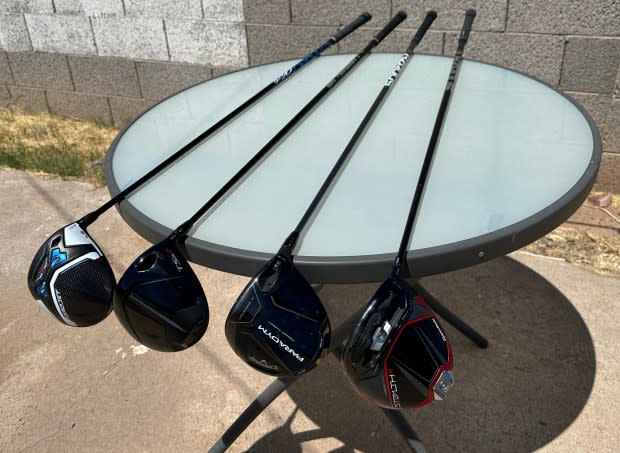
Nathan Lemin
To create this guide, I spent time testing a variety of drivers at both an indoor simulator and at a Toptracer range. I also took a handful of models out on multiple rounds of golf to get some real-world feedback. Based on those testing impressions, I chose the clubs below. I’ve included the 10 best golf drivers money can buy, and I believe there’s a perfect club here for every golfer.
Men’s Journal aims to feature only the best products and services. We update when possible, but deals expire and prices can change. If you buy something via one of our links, we may earn a commission.
The Best Golf Drivers of 2023
2. Best Feel: Callaway Paradym
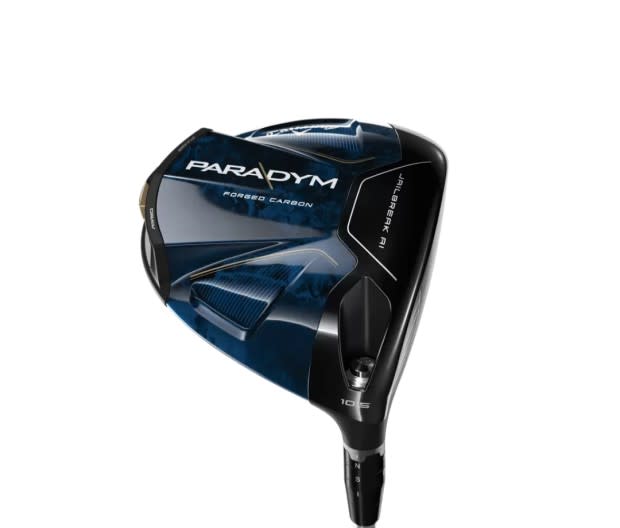
Courtesy Image
If you’re looking for a driver that does everything right and feels incredible, the new Callaway Paradym is for you. In the hands of a fast swinger, this club has the characteristic thwack of a well-struck baseball—I love it. The feel off the face is so consistently solid I had a hard time judging when I was mishitting (for the average golfer, this is an excellent trait). For many golfers, the driver is an intimidating club, but the Paradym’s consistent feel gave me confidence, and my mishits didn’t deter me from pulling the club out on the next hole. It took me a few attempts to get the rear shot shape weight and hosel loft adjustment dialed, but when I did, I was able to hit extremely consistent fades—my shots moved slightly from left to right (as a right-handed golfer). The wraparound carbon chassis and Callaway’s signature “Jailbreak AI” technology (a computer-designed club face that varies in thickness to provide optimal ball launch across as much surface area as possible) both create stability for fast swings. For those who struggle to get loft on their drives, I found the Paradym to be the easiest driver to get the ball up in the air with.
[$600; amazon.com]
3. Best for Distance: Cobra Aerojet LS
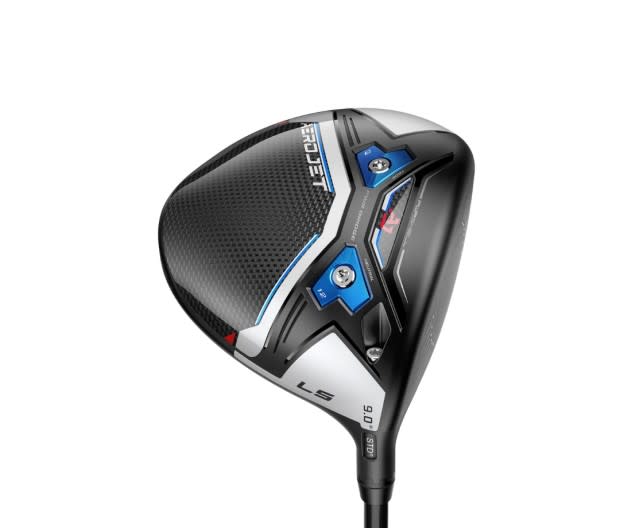
Courtesy Image
The Cobra Aerojet LS is a great pick for consistent ball strikers jonesing for distance. When testing the Aerojet LS, I topped all of my recorded distance statistics. Cobra does a great job optimizing two factors with the Aerojet: aerodynamics and center strikes. That translates to faster swings and absolute missiles when you make good contact. The adjustable weights on the bottom of the clubhead allow you to tune your draw/fade bias, and this driver has a nice, almost ceramic sound at impact. And like the TaylorMade Stealth 2 and Callaway Paradym, the Cobra serves up a robust, powerful feel off the face.
[$549; amazon.com]
4. Most Control: Titleist TSR2
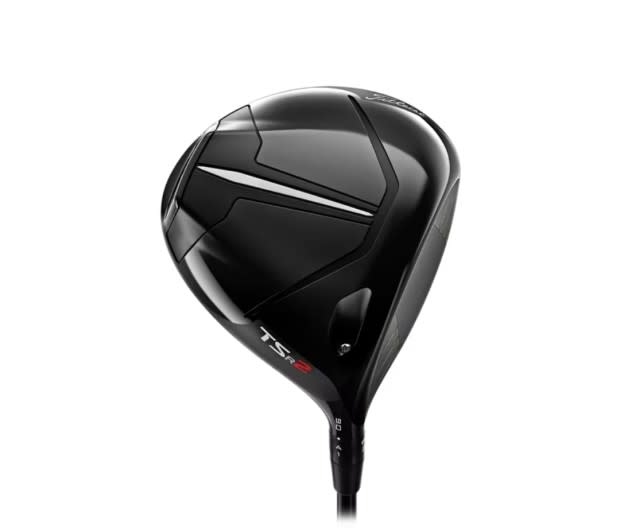
Courtesy Image
For skilled golfers, Titleist makes some of the very best golf clubs available. And while the TSR2 is certainly forgiving enough, it’s an especially great choice for those with consistent strikes. The TSR2 gives consistent hitters a ton of control off the tee, so you can accurately place your shots.
In real-world testing, this driver helped me reliably hit fairways, and I found it to be especially composed when I wasn’t swinging for the fences. An adjustable hosel means that loft and lie angles can be customized for your shots. It has a deep club face, which tends to suit better players because it lifts the center of gravity, which in turn lowers the shot trajectory (if you have no trouble getting the ball up in the air, this can add distance to your drives). I loved the feel, but the sound of this driver was slightly too tinny for me (it has a little more of a classic metalwood sound). Like to hit certain shot shapes like fades or draws off the tee? For even more control and workability (but a bit less forgiveness), check out the more player-oriented Titleist TSR3.
[$599; pgatoursuperstore.com]
5. Best Value: PXG 0211
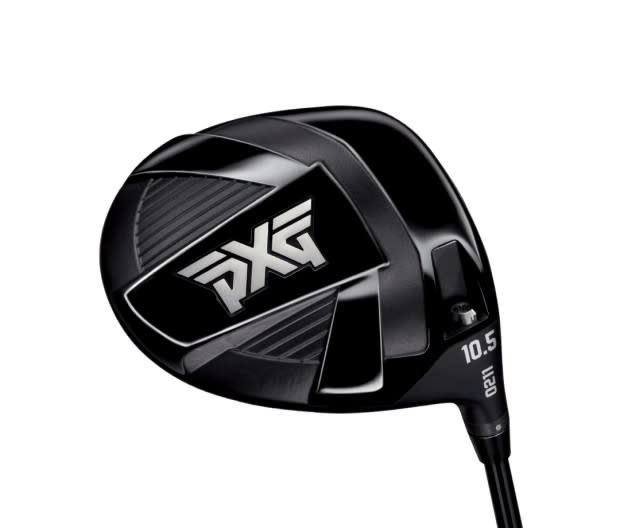
Courtesy Image
Before I say anything about the technology and capability of the PXG 0211, I need to emphasize that, brand new, it costs under $300. For a modern big stick, that kind of value is nearly unheard of. Even many used drivers cost more than that. The best part? The 0211 delivers. It may not be as feature-laden as PXG’s latest 0311 Gen 6, but in a simulator, I found it to be extremely reliable (no wild shots) and adjustable (the hosel allows for 1.5 degrees of loft adjustment in either direction). If you need a great driver at a great price, go with the 0211—you can spend your leftover budget on other sticks in the bag.
[$259; amazon.com]
6. Most Forgiving: Ping G430 Max
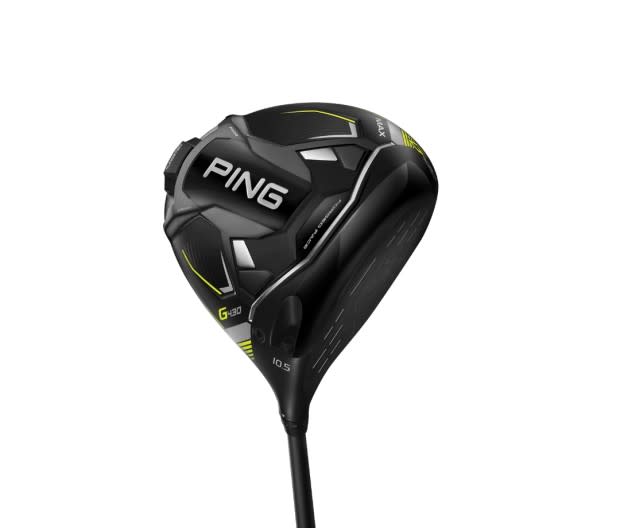
Courtesy Image
The Ping G430 Max is a versatile driver and a great pick for the vast majority of golfers. Consider this: Less than 25 percent of golfers will ever score better than 100, and only 2 percent ever break 80. Each round, you’ll have 18 tee shots, and a good chunk of those will be with the driver: Why not ensure those first shots are consistent and land where you want them to? The Ping G425, the G430’s predecessor, was an excellent straight-sailing, forgiving driver. Ping took that model and designed it for increased distance, resulting in the G430. Ping metalwoods have a distinctly Ping-y sound (a little higher pitched and more tinny than the Callaway or Taylormade); you either like it or you don’t. If you don’t intentionally fade or draw the ball with your tee shots, the G430 Max is your best bet for straight ball flight. (I use the brand’s hybrids, and I’m stunned by how consistently straight I hit with them).
[$550; pgatoursuperstore.com]
7. Best for Slicers and Slow Swings: Mizuno ST-X PLTNM 230
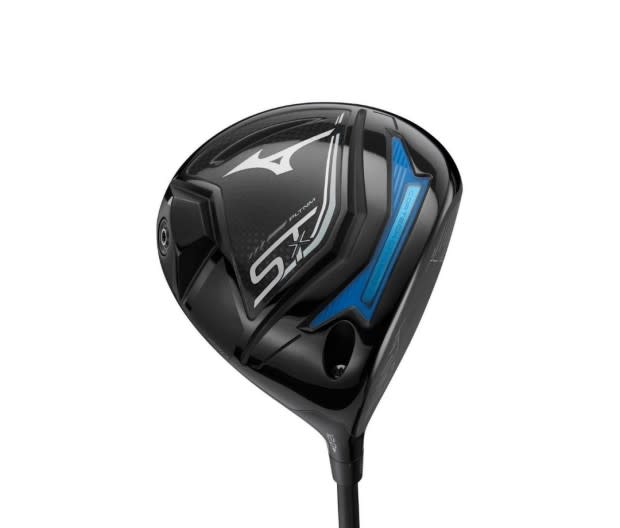
Courtesy Image
Mizuno has an excellent reputation for its players’ irons, but the brand has kept up with the latest driver technology, too. The PLTNM iteration of the ST-X 230 shows Mizuno isn’t shying away from opportunities to create clubs for less-advanced players. With the ST-X PLTNM 230, the brand offers a lightweight driver head with a snappy shaft to increase both swing speed and ball speed, all while maintaining the solid impact feel that modern golfers crave. The Platinum also has premier draw-weighting technology that positions weight forward and near the shaft axis to both reduce spin rates and help newer players avoid the dreaded driver slice. Even better, the ST-X PLTNM 230 has some hosel adjustability—something you don’t always get with slow swing speed options.
[$550; mizunousa.com]
8. Most Tech for the Money: Wilson Dynapower Carbon
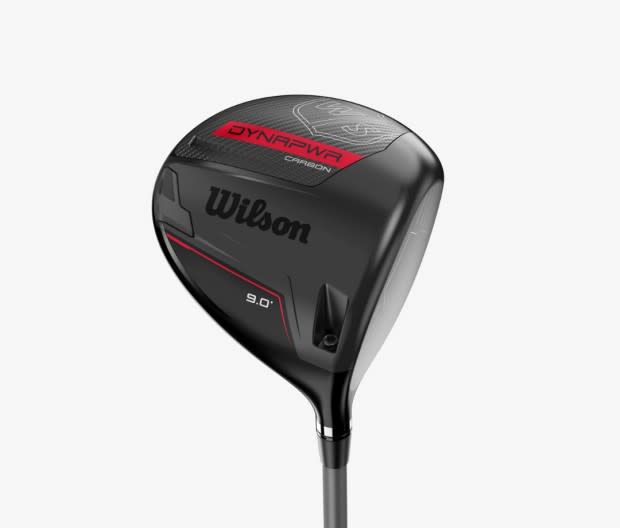
Courtesy Image
The Wilson Dynapower Carbon features many of the latest golf driver technologies, like a carbon chassis and variable face thickness for powerful, consistent shots. Better yet, it’s $50 to $150 cheaper than competing options promising the same tech. Wilson doesn’t have the roster of pro players or massive marketing budget that other big golf brands do, but the company’s products offer great value. I only took a few shots at a simulator with this stick, but I had consistent results and loved the matte carbon finish at address. If you want to save a few bucks and still perform, Wilson’s best driver is an excellent option.
[$430; amazon.com]
9. Best Alternative to Carbon Fiber Golf Drivers: Srixon ZX7 Mk II
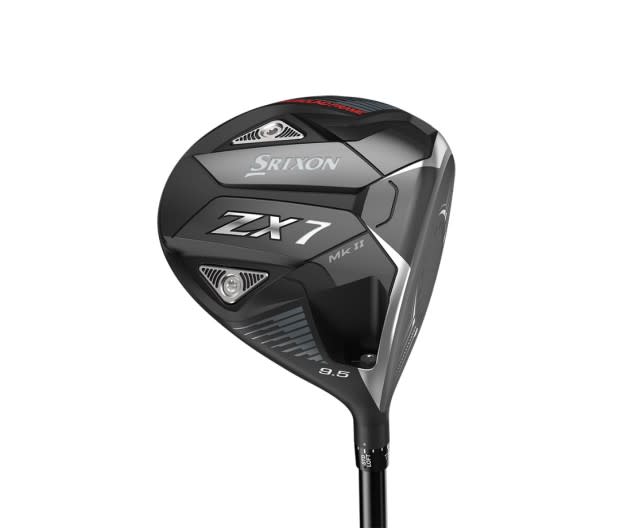
Courtesy Image
Many of the top drivers have at least some carbon fiber in the crown (top), the sole (bottom), or even the face of the clubhead. Carbon is light and strong, and using it in a driver reduces its overall weight and boosts its swing speed, which can help a player deliver more power to the ball. But Srixon takes a different view: The brand insists that all this carbon dulls the rebound effect of a truly springy driver face and chassis. Instead of carbon, Srixon opts for a titanium face and body and relies on what it calls “dual rebound” to effectively launch the ball off the face. Essentially, the dual rebound effect is created with elastic titanium zones in the clubhead. Srixon claims these zones create a smoother transfer of power to the ball than a driver with carbon in the head. This approach boosts the driver’s average shot distance without having to increase swing speed. For golfers who don’t like the somewhat dull, more muted feel of carbon fiber drivers, the Srixon is an excellent modern titanium driver that will give you all the benefits of carbon competitors.
[$500; pgatoursuperstore.com]
10. Best for Beginners: Adams Golf Idea Driver
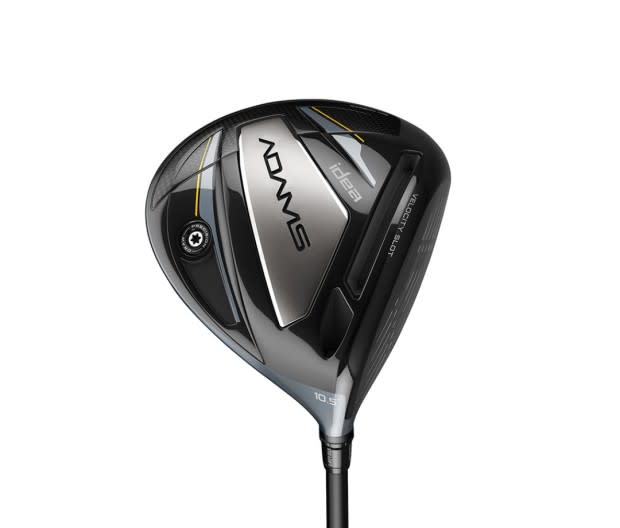
Courtesy Image
Adams Golf is back. TaylorMade acquired the brand over a decade ago, and it hasn’t had any consistent or promising club releases since—but the new Idea club lineup is here to change that. The Idea driver is built with lots of modern tech, though it cuts some of the adjustability of the top-priced models. It’s a great full-sized option for younger golfers and beginners: You get a powerful, draw-biased driver with an adjustable hosel for roughly half the price of segment leaders. I haven’t tested it, but the driver looks great and excitement for it is ramping up. This could make an excellent first full-sized driver for any new golfer.
[$300; adamsgolf.com]


